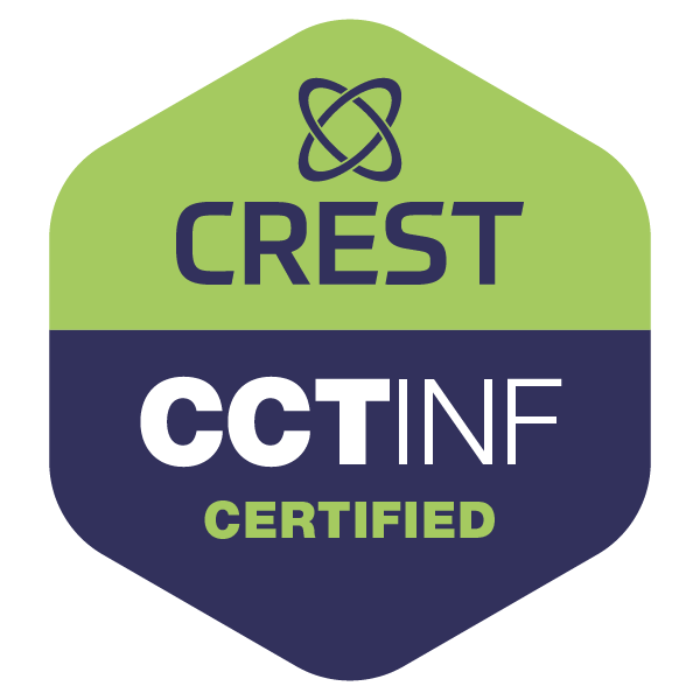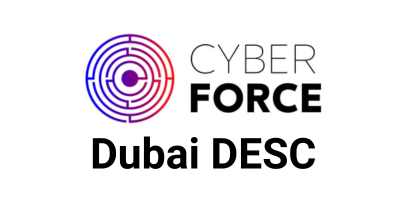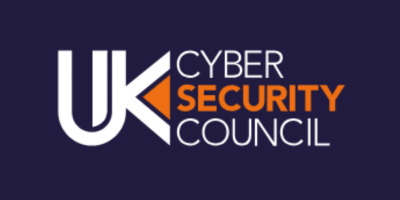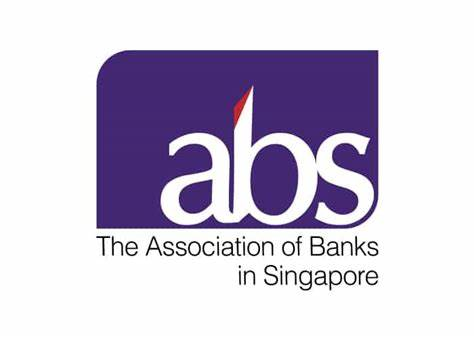The CCT INF exam syllabus defines the areas that are assessed within the CCT INF exam.
Candidates will be expected to find known vulnerabilities across common networks, applications, infrastructure and databases as well as new syllabus areas which include Containerisation, Cloud and macOS. CCT INF validates a practitioner’s ability to conduct vulnerability scans using commonly available tools and to interpret the results.
Successful CCT INF candidates will be able to demonstrate that they are qualified for Pen Test Roles (indicative of 5-6+ years experience) with respect to:
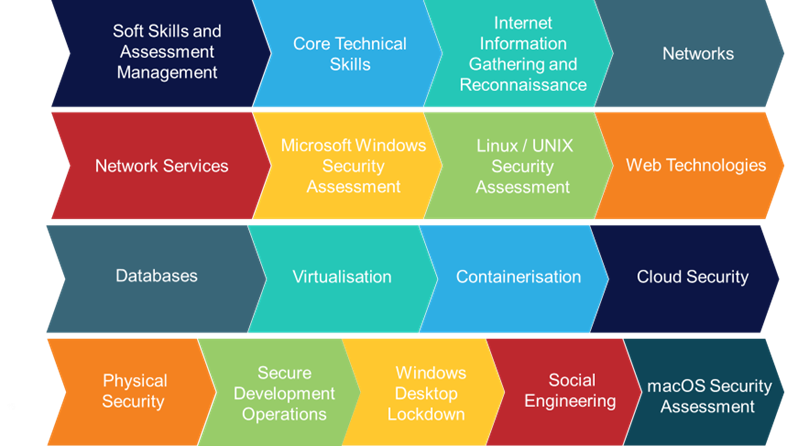
- Soft Skills and Assessment Management
The candidate will have a good understanding of the Engagement Lifecycle, Law and Compliance, Scoping, Managing Risk, Client Communications, Record Keeping, Reporting and Platform Preparation.
The candidate will have a good understanding of Hardware Security.
The candidate will demonstrate a deep understanding of the use of prescribed tools to interpret output, Pivoting, Cryptography, and be able to conduct OS fingerprinting.
The candidate will demonstrate a good understanding of Network routing protocols, Wi-Fi, Network Intrusion Protection, and SCTP.
The candidate will demonstrate a deep understanding of network connections, Ethernet protocols, VLAN Tagging, IPv4, IPv6 Including packet manipulation, network architecture, mapping, Devices and filtering, traffic analysis (Intercept and monitor (PCAP), TCP, UDP, NAC, and Host Discovery.
The candidate will have a good understanding of Network Redundancy Protocols, Berkely R* Services and trust relationships, and Finger.
The candidate will demonstrate a deep understanding of the concepts of Unencrypted Services (Telnet, FTP, SNMP, HTTP), TLS/SSL, Network Configuration, Name Resolution Services (DNS, NetBIOS/WINS, LLMNR, mDNS), Management Services, (Telnet, Cisco Reverse Talent), SSH, HTTP, Remote Powershell, WMI, WinRM, RDP, VNC, X), Desktop Access, IPsec, FTP, TFTP. SNMP. SSH, NFS and its security attributes, SMB including Win File shares and Samba, LDAP, X, RPC Services, NTP, IMPI, VoIP, SMTP and Vulnerable Services.
- Microsoft Windows Security Assessment
The candidate will demonstrate a deep understanding of Windows Reconnaissance, Network and Active Directory Enumeration, Windows Passwords, Processes and File Permissions, Registry, Windows Remote and Local Exploitation, Post Exploitation, Patch Management and Common Windows Applications.
- Linux/UNIX Security Assessment
The candidate will demonstrate a deep understanding of Linux/Unix reconnaissance, Linux/Unix Network Enumeration, Linux/Unix Passwords, Linux/Unix File Permissions, Linux/Unix Remote, Local and Post Exploitation and Linux/Unix Processes.
The candidate will demonstrate a deep understanding of Lockdown solutions, Breakout techniques, Local File protections, PowerShell restrictions and User Account Control.
The candidate will demonstrate a deep understanding of SQL Relational Databases, MS SQL Servers, Oracle RDBMS, MySQL and PostgreSQL and NoSQL.
The candidate will demonstrate a deep understanding of Containers and the differences between Virtualisation, Docker, Kubernetes and LXD.
The candidate will demonstrate a deep understanding of Pen Testing Authorisation, Virtual Private Clouds, Logging and Monitoring, IDAM, Denial of Service and Resource Exhaustion, General and AWS Cloud Reconnaissance, Host to Cloud Transition, Cloud Secrets Management and AWS Workspaces.
- Internet Information Gathering and Reconnaissance
The candidate will have a good understanding of Website Analysis, Search Engines, News Groups and Mailing Lists, Information Leakage, Social Media and Document Metadata.
The candidate will demonstrate a deep understanding of DNS.
The candidate will demonstrate a deep understanding of Web Servers, Web App Frameworks, Mark up Languages, Web Languages, Web APIs, Web App Reconnaissance, Information Gathering, Web Authentication and Authorisation, Input Validation, Fuzzing, XSS, SQL, ORM, XML, SSI and LDAP Injections, Mail and OS Command Injection, Sessions, Cookies, Session Hijacking, XS Request Forgery, Mass Assignment, Web Cryptography, Parameter Manipulation, Directory Traversal, File Uploads, CRLF Attacks, Web App Logic Flaws and Client Side Vulnerabilities.
The candidate will demonstrate a deep understanding of Virtualisation Platforms (including VMware, MS HyperV, Citrix, Oracle VirtualBox and Linux KVM), VM Escape and Snapshots.
The candidate will demonstrate a deep understanding of Locks, Tamper Seals, Platform Integrity, Boot Sequence, Disk Encryption, Recovery Functionality and Authentication.
- Secure Development Operations
The candidate will demonstrate a deep understanding of Secure Code Practices, Security of the Development Lifecycle, Infrastructure as Code and Code Repository Security.
The candidate will have a good understanding of Phishing and its variations and Vishing.
- MacOS Security Assessment
The candidate will have a good understanding of macOS Local and Post exploitation, reconnaissance and passwords, macOS file permissions and remote exploitation.
You can find the full CCT INF exam syllabus here.




















